How do you keep your cool when things feel like they’re crumbling around you? Read on for ways in which yoga helps you find peace during stressful times.
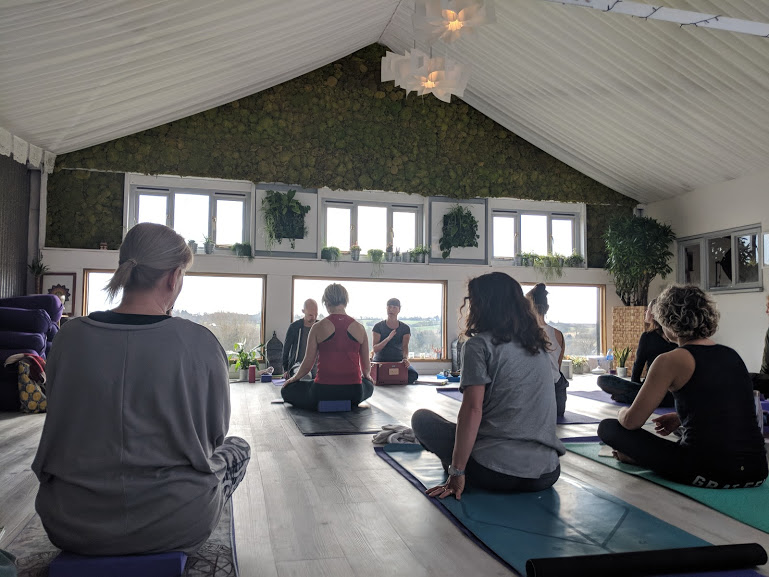
Be Kind to yourself
We all go through peaks and troughs in life and even as yoga practitioners we are not exempt from stress, worry, anxiety and the not-so-rosy emotions that come up from time to time. For some of us, these feelings last a bit longer than others but for many of us our yoga practice helps us to find peace and reduce the symptoms & length of time which we experience them. The good news is that this is OK and it is totally normal! So try to be kind(er) to yourself and know that we all go through these emotions.
Read more about yoga for stress and anxiety in this complete guide
Overwhelm is part of normal life
I know first-hand how challenging it can be to motivate yourself to practice, especially during cloudy times. Maybe you’re feeling under-the-weather due to seasonal changes or perhaps you’re experiencing a change with a relationship or financial circumstances. Or maybe you’ve recently experienced a loss of a loved one or perhaps the pressures of everyday life are just leading you to a place of overwhelm and self-doubt.
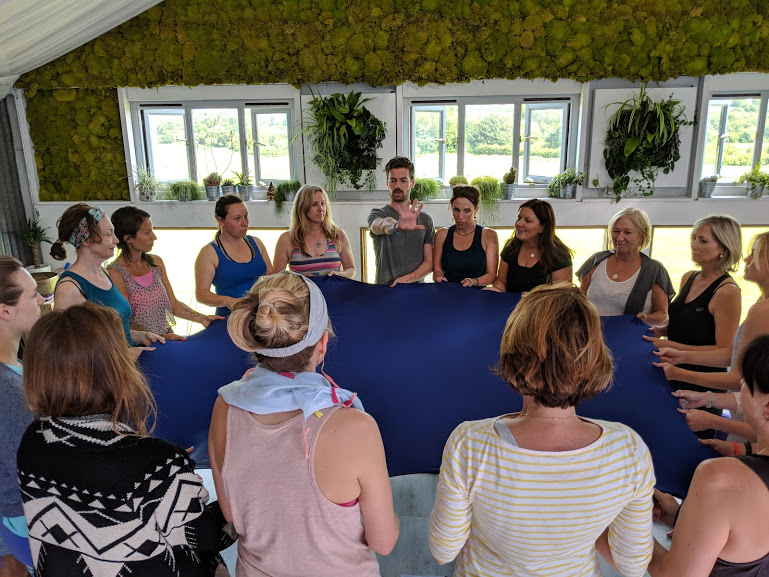
Yoga to keep grounded and promote calm
Whatever the reason you’re feeling stressed, thankfully you can turn to your yoga practice to help keep you calm, focused & grounded during this uneasy time. I’d love to share some of the tips and ideas that have truly helped keep me in one piece when I’m stressed and nearing moments of totally freaking out (yes, it happens!).
Whether you’re going through BIG changes in life or just feeling a bit overwhelmed with the day-to-day these tips can help you feel stronger, brighter and happier.
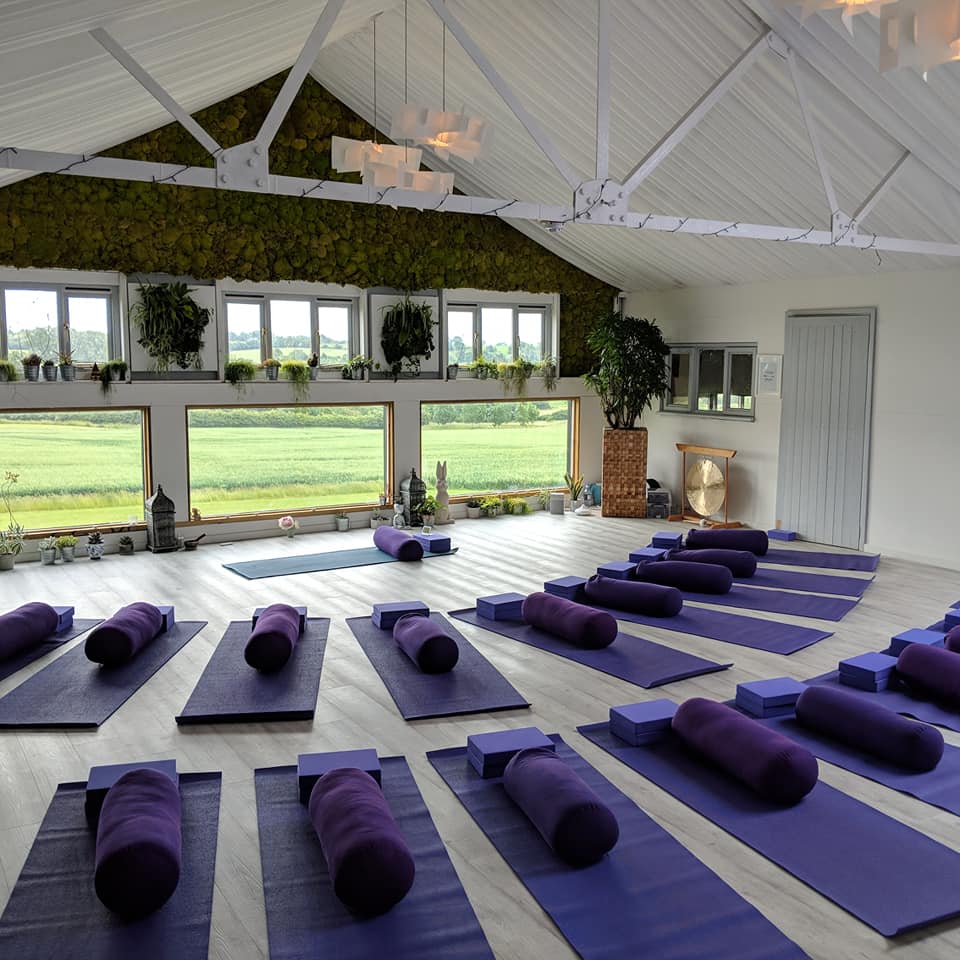
6 Tips for Finding Peace During Times of Stress:
- First, establish what it is you want to achieve or what it is you are aiming for, and why What do YOU want to improve? The WHY is just as important as the WHAT – so don’t leave this bit out, as it gives motivation to your desire. Visualise yourself having already achieved this and living in the present. Setting your sights and your focus on this very basic yet powerful technique enables you to shift your mindset to a positive position and helps reduce the negative chatter and “what -ifs” that often lead to self-doubt. This visualisation is also commonly referred to as Manifesting Intentions or the Law of Attraction.
- Create a routine that helps encourage your practice, ideally first thing in the morning before the busy-ness of the day has begun. For me, this includes waking early before the rest of the house stirs, pouring a cup of tea or hot water with lemon, putting on the essential oil diffuser or lighting a candle and rolling out my mat. The sequence of these events is a precursor to help mentally prepare for my morning practice – whether it’s a 15 minute practice or a 90 minute practice, it all starts in the same way. And just doing something is better than doing nothing, so if you just roll out your mat and go straight to savasansa then that’s great!
- Just breathe Even when you feel you don’t have time, you do – it only takes a few moments to hit your re-set button & feel calmer and more in control of your emotions. Begin the practice with a pranayama, such as Alternate Nostril Breathing, and allow yourself to meditate within this breathing practice. This technique helps balance the body and the mind and creates a sense of stability and wellness. Or, just sitting and focusing on slow, steady, mindful inhales and exhales does the trick too.
- Focus on your connection to your body & the earth, often referred to as grounding. Most of the time we are so busy that we often spend too much time in our heads worrying, analysing and feeling scattered that we often completely forget about what is happening with our bodies and how we feel physically. Shifting your attention to your physical body and away from the chatter of your mind helps foster mindfulness and reduces the production of cortisol, the stress hormone.
- Practice with intention & focus not just on the mat or on the asana, but on what you have established in point 1 above.To really help during times of stress, choose yoga poses that are grounding, such as standing postures and balancing postures. Movement in your body through yoga is a great way to release feel-good endorphins to help remedy feelings of stress and overwhelm. Movement for Modern Life offer a series of videos on grounding, stress-relieving practices.
- SMILE! Even if it’s the last thing you feel like doing. Trust me. This, in my opinion, is seriously underrated during yoga practice, whether at home or in a class. Have you ever noticed how serious people can look when in a studio class? To me, this is one of the MOST important aspects of the practice as many as it triggers a reaction in the brain convincing it to release feel-good hormones called endorphins. You don’t have to feel happy to smile but smiling WILL help you feel happy! The release of these hormones is scientifically proven to help boost your mood, increase positive thoughts and even promotes a stronger immune function.
Read more in Yoga for Stress and Anxiety: A Complete Guide
About Casey Gill:
Casey Gill is a yogi, plant-lover, mum, & much more… Casey is the founder of Thaxted Yoga, a rural yoga studio near Stansted airport with stunning views over the Essex countryside. Casey used biophilic design elements in the creation of Thaxted Yoga studio including a wide variety of potted plants, a moss wall, living picture frames (with plants), expansive views of nature and loads of natural light. Casey believes natural elements work together to make space truly liveable.
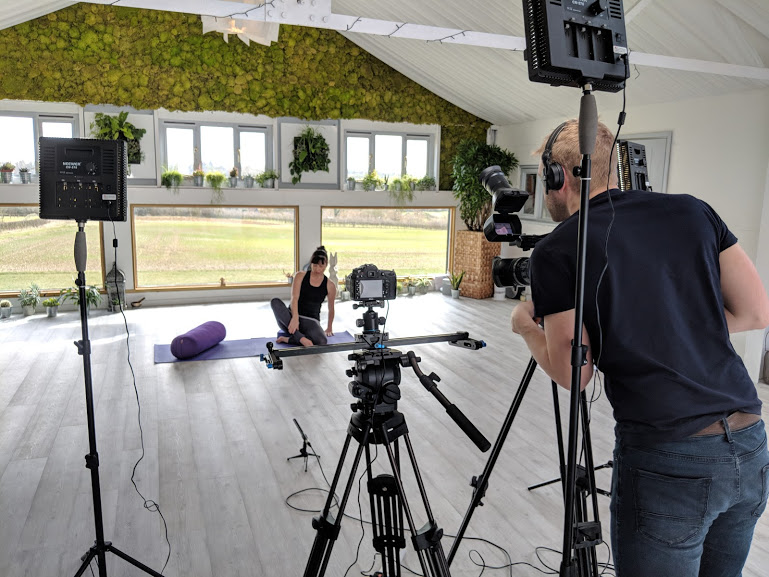
MFML filming Andrea Kwiatkowski at Thaxted Yoga Studio
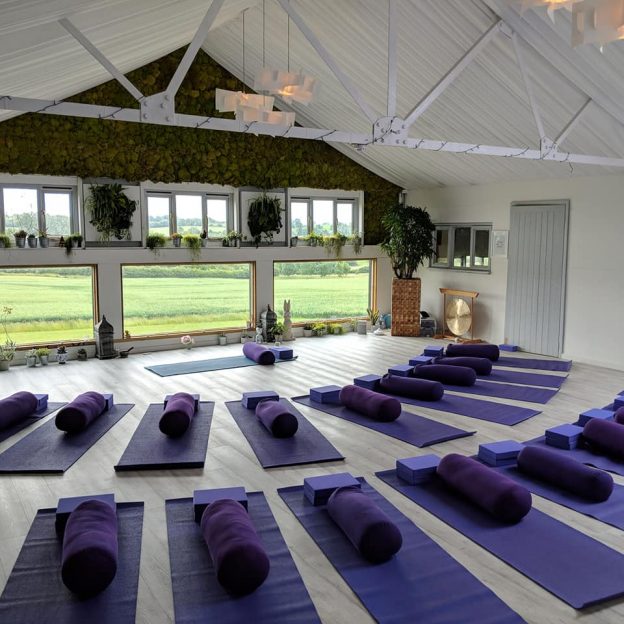




Leave a Reply